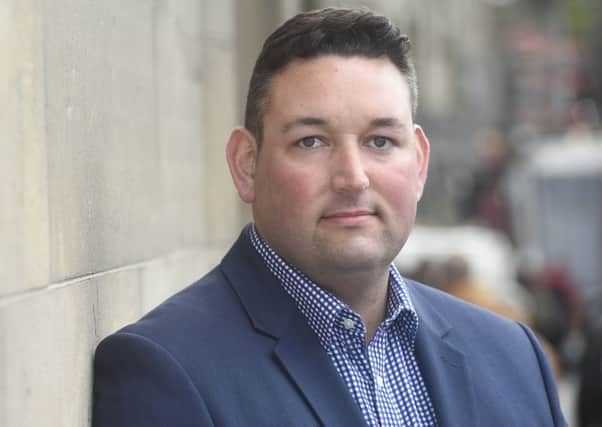Midlothian's decline in support for additional needs in schools


Between 2012-2017, the total number of teachers, who specialised with learning support and ASN in primary schools, dropped from 112 to 62.
In secondary schools, this figure has gone from 151 to 109 employed specialists.
Advertisement
Hide AdAdvertisement
Hide AdWhilst teacher figures have declined, the number of students categorised as requiring additional needs has increased massively.
In Midlothian’s primary schools, between 2012 and 2017, the number of students requiring additional support needs has almost doubled from 854 to 1661, whilst in secondary schools this figure has climbed much steeper, from 485 to 1444.
Over the same period the number of learning support teachers available in Midlothian’s primary schools has dropped from 15 to seven.
And in secondary schools across the county there has been a slight decrease in learning support teachers, from 19 in 2012, to 17 in 2017.
Advertisement
Hide AdAdvertisement
Hide AdMiles Briggs, Scottish Conservative Lothian List MSP, said: “Education is so important for a young person’s development and anyone who requires help in school should get it.
“It is clear, however, that not every student in Lothian will be getting the support that they need.
“The SNP government has presided over a teacher recruitment crisis over the last 11 years and pupils are the ones who are being let down.
“Our young people deserve better.”
A Scottish Government spokesperson said: “All children and young people should receive the support they need to reach their full potential, in the most suitable environment with a range of provisions in place to ensure this is the case.
Advertisement
Hide AdAdvertisement
Hide Ad“Now that 95 per cent of children with additional support needs are educated in mainstream schools, all teachers provide support to pupils with additional support needs not just ‘support for learning’ teachers.
“Teacher levels are the highest in a decade and the number of primary teachers is the highest since 1980 and to single out support for learning teachers is inaccurate.
“Education authorities are responsible for identifying and meeting the additional support needs of their pupils.
“This includes the employment and provision of appropriate resources, including teaching and support staff, to meet children’s needs.”